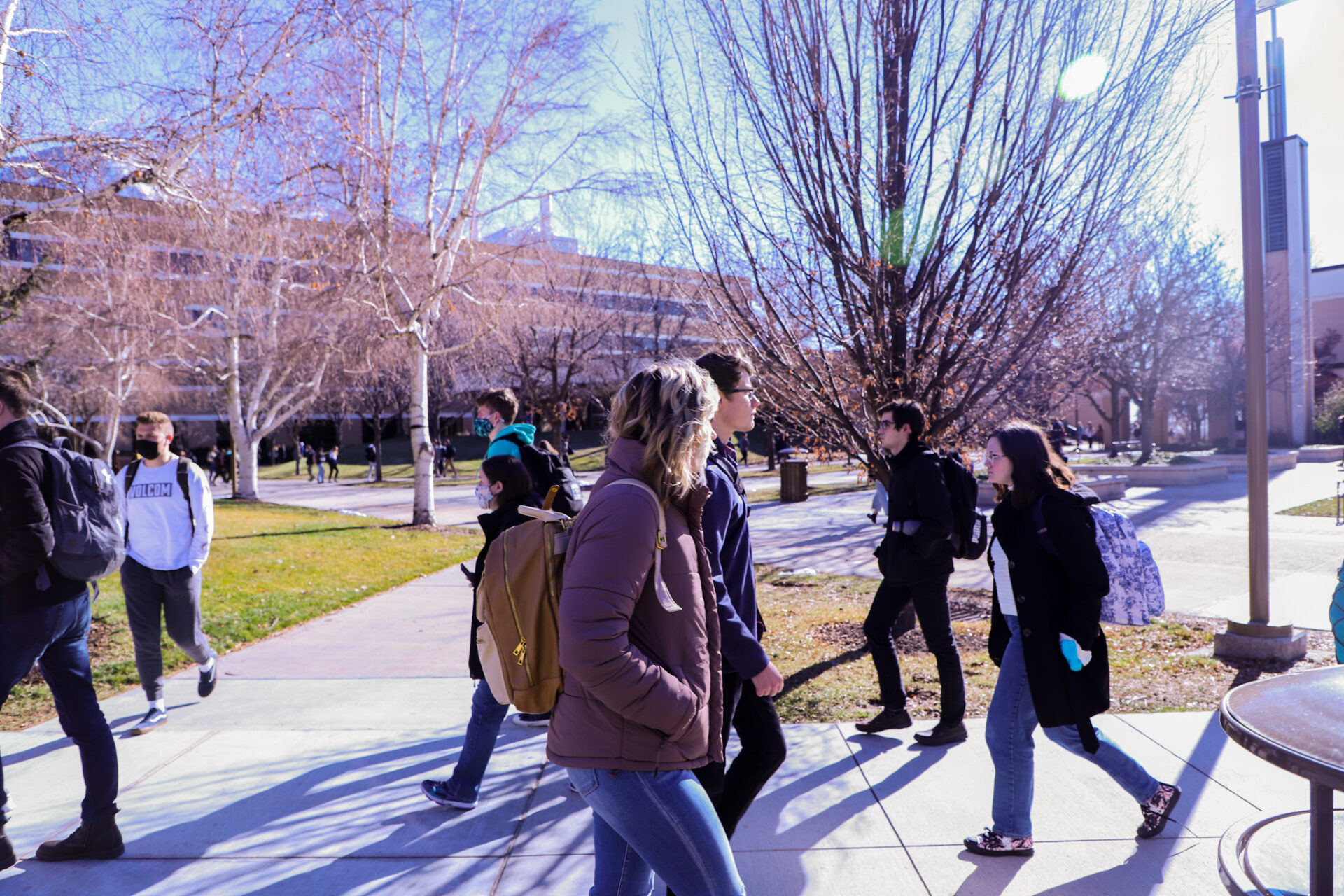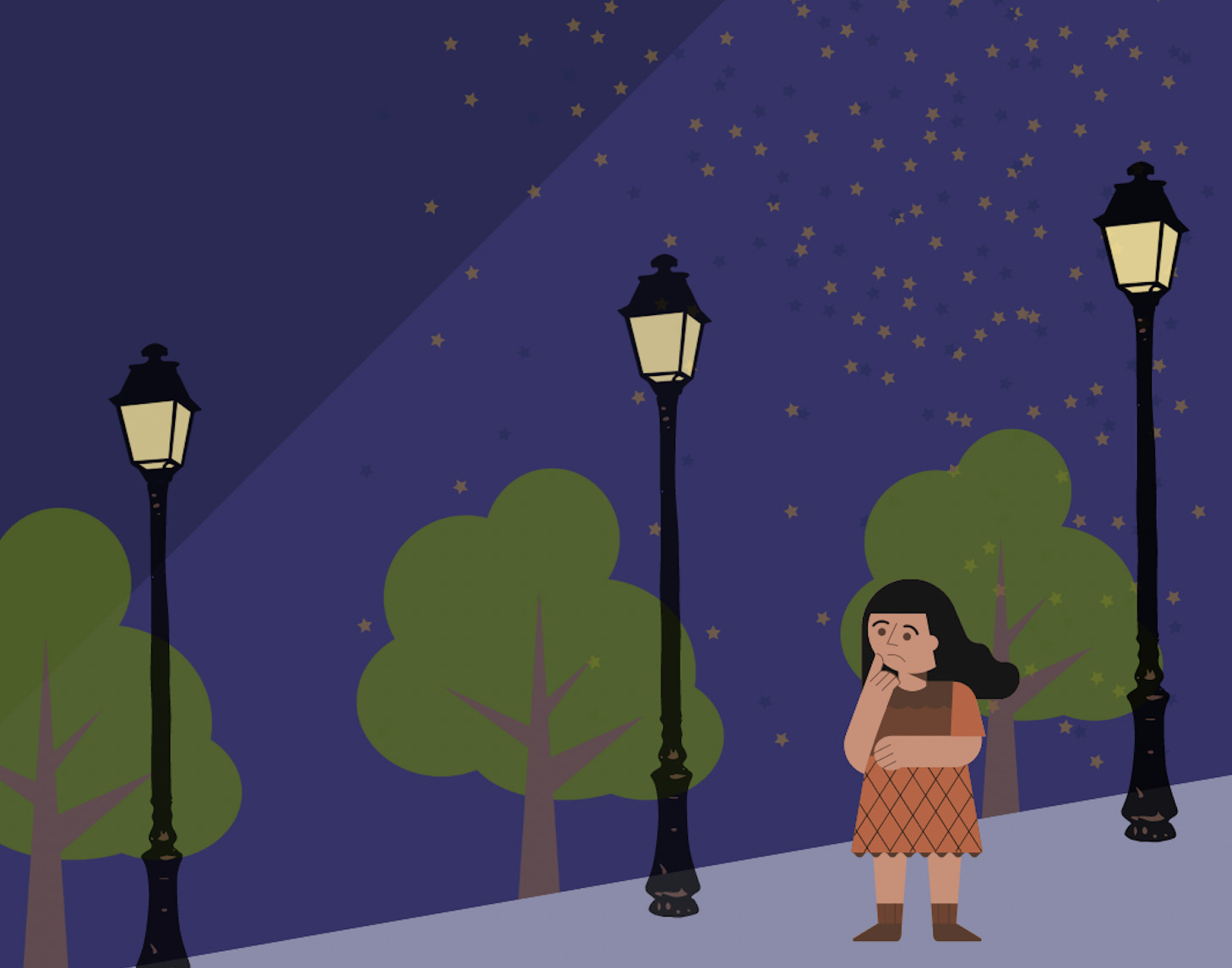
BYU public health professor Robbie Chaney is investigating gender-based differences in perceived safety on BYU campus, specifically safety of commuters at night.
The research project, initiated by Chaney about a year and a half ago, intends to understand the gender-based perspectives of commuter safety and results show there may be a contrast.
“We wanted to specifically understand if that was an experience that was different between men versus women,” research assistant Alyssa Baer said.
The study’s questions are meant to gain a better idea of what might influence these gender-based variations; topics range from environmental lighting to entrapment. The team unanimously agreed one test’s results stood out in particular — an image using heat map technology to visualize what aspects of a nighttime scene were most concerning to students.
The researchers presented the map, consisting of photographs of various Utah college campuses at nighttime, to a number of male and female students. Upon receiving the images, they asked the students to select the most impactful areas of the scenes.
The team found the differences were stark when comparing results between male and female responses. While females frequently selected surrounding areas such as dark bushes and enclosed or less-visible spaces, male respondents almost always selected areas of the path itself.
“It was so apparent that women look at this differently than men. It really isn’t just hearsay,” research assistant and graduate student Ida Tovar said. “It was really fulfilling to be able to see the results of what we had hypothesized.”
The team is conducting interviews with students to better understand their thought processes when it comes to nighttime commuting.
“It was really neat to interact directly with those people,” research assistant Sarah Johnson said. “There was such a clear difference between men and women in their perceptions.”

As an avid trail-runner, Chaney said his fears while on the trail at night are “getting eaten or falling off a cliff ledge.” His research suggests many women on the trail also fear being assaulted to the same degree they might in the city.
“But if there’s nobody around, why is that the case?” Chaney asked.
Chaney said he hopes their continued research might give them an idea of where fear and ideologies among genders are rooted. He said the data suggests prior life experiences, geographic locations and surrounding ideologies all play a part in their perception of safety.
Above all, Chaney aspires to promote an overall attitude of safety when it comes to students, both male and female, commuting at nighttime.
“Consider how you behave in a public space — you’re part of a public community,” Chaney said. “What are you doing to make this a safe space for everybody?”
The study’s results will be published this semester.




